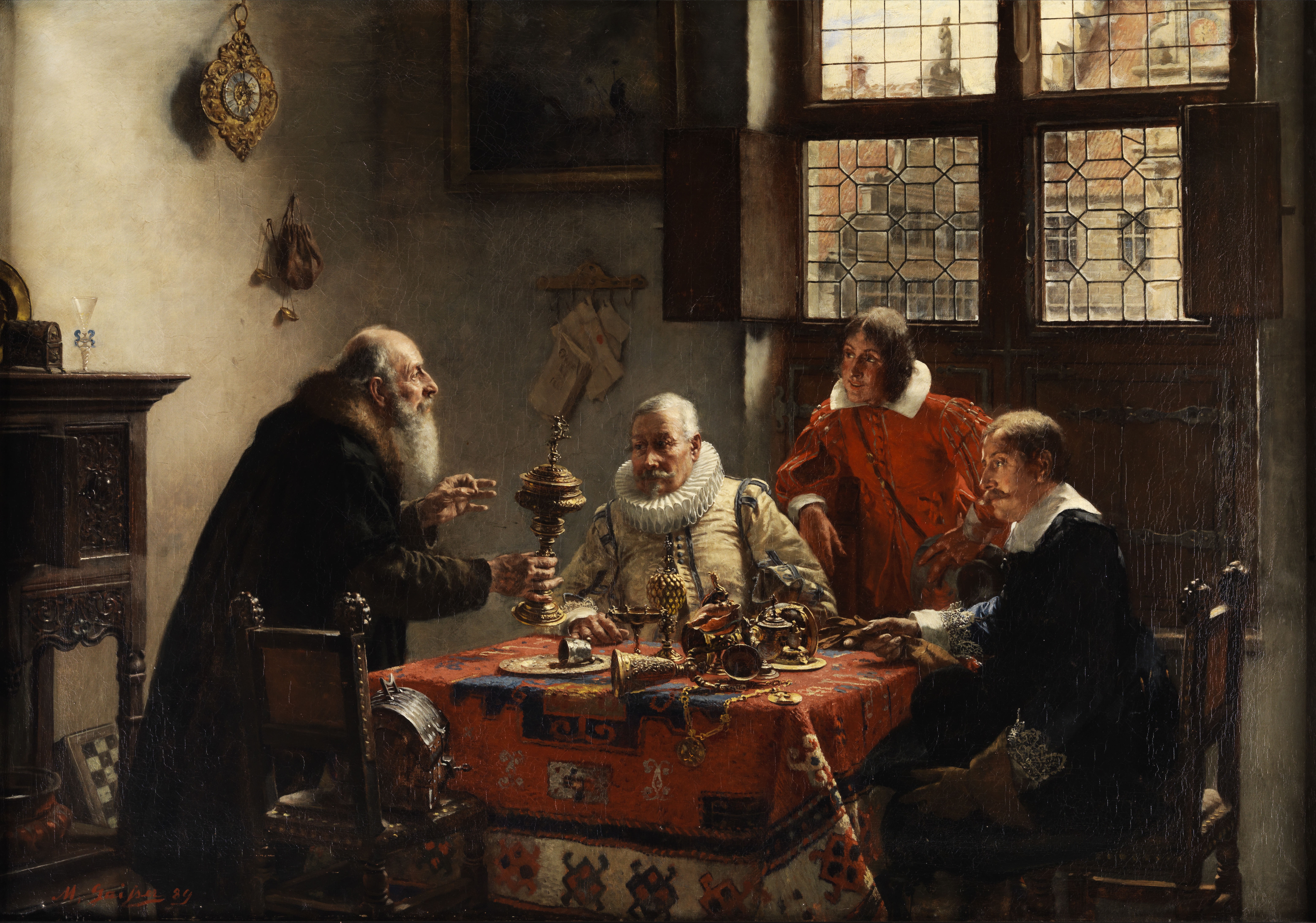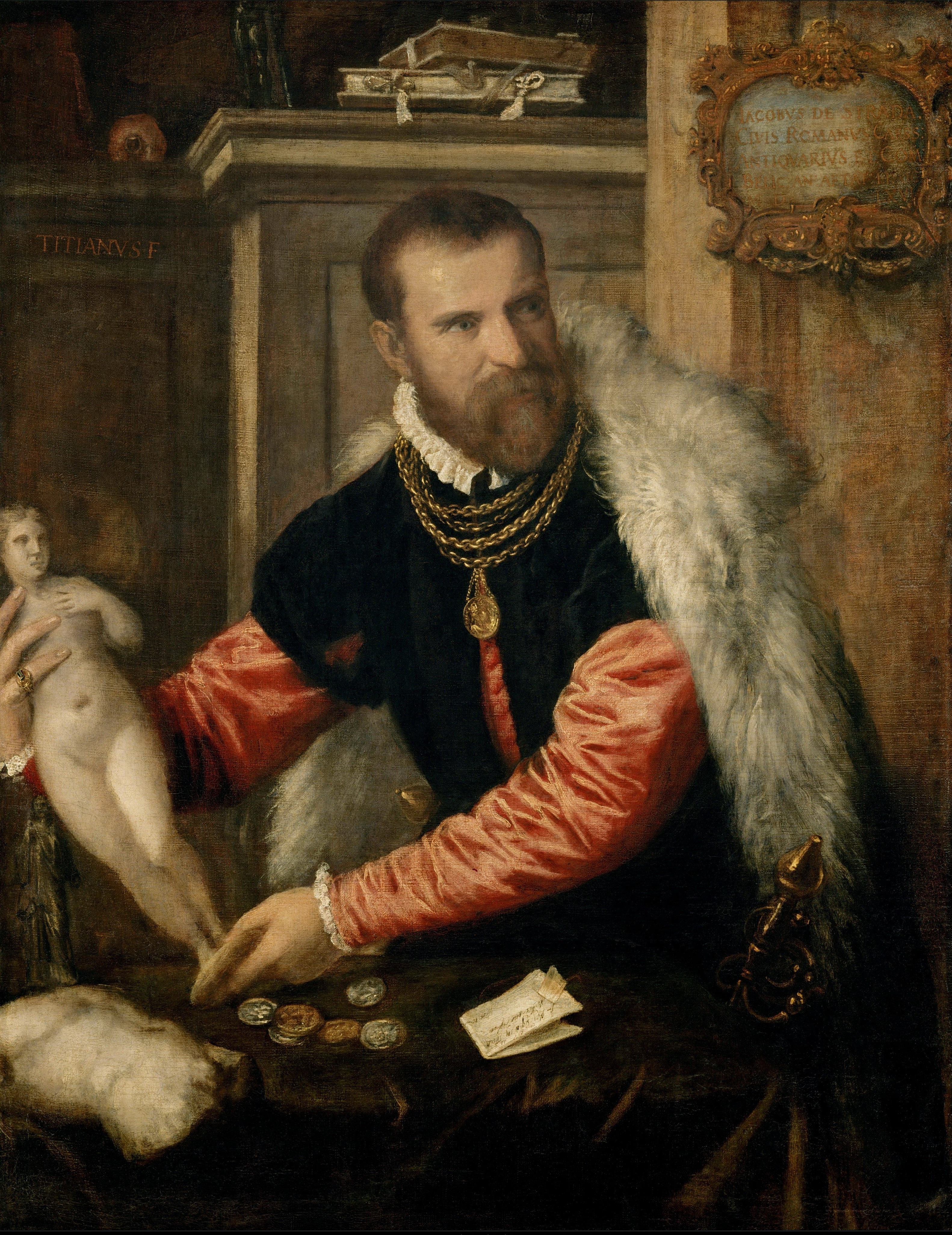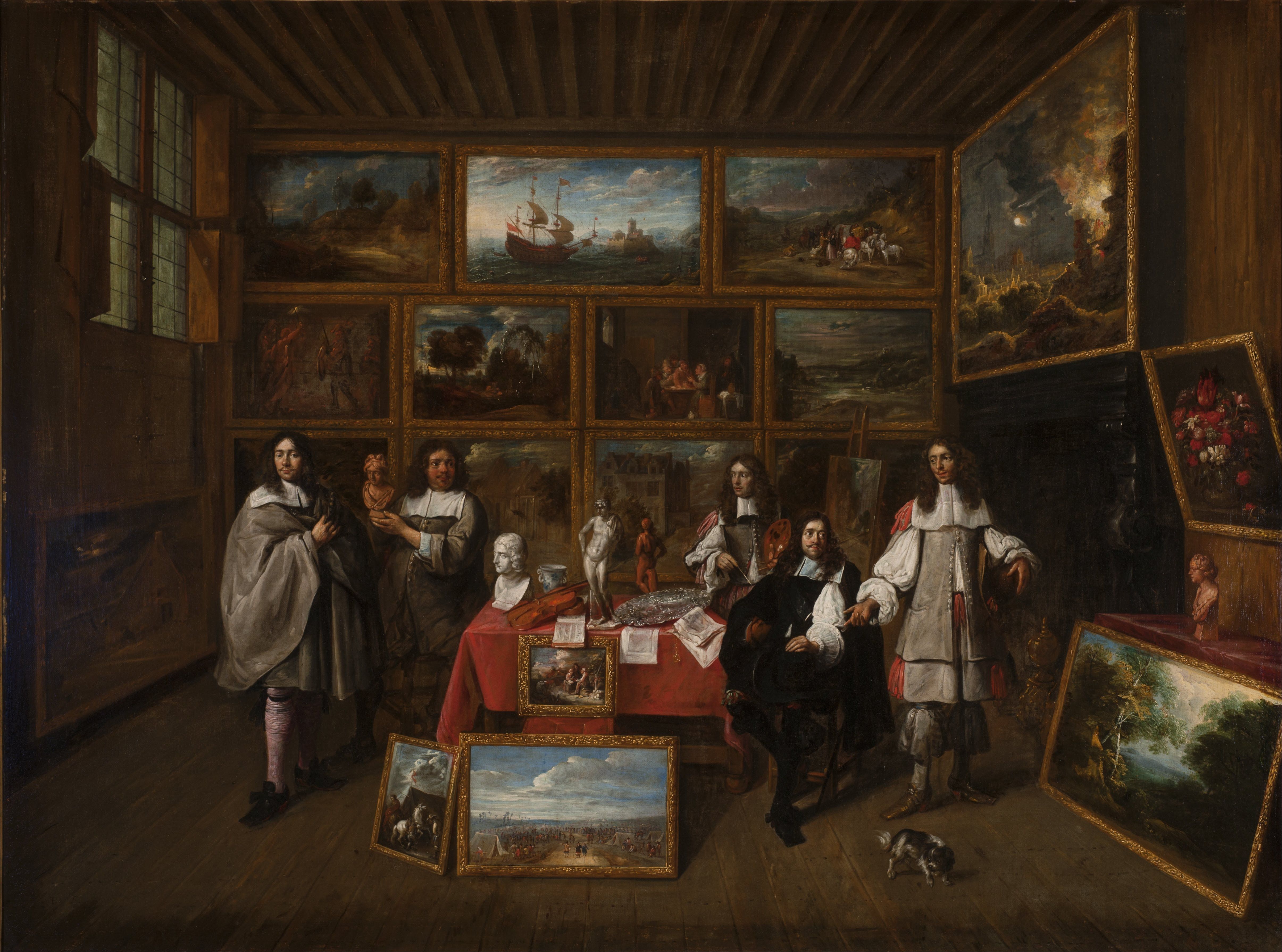Art dealer on:
[Wikipedia]
[Google]
[Amazon]
 An art dealer is a person or company that buys and sells
An art dealer is a person or company that buys and sells  An art dealer in
An art dealer in
 Art dealers often study the
Art dealers often study the
 * Antique Tribal Art Dealers Association, Inc. (ATADA)
* Art Dealers Association of America (ADAA)
* Art and Antique Dealers League of America (AADLA)
* Association of Art and Antiques Dealers (LAPADA)
* British Art Market Federation (BAMF)
* British Antique Dealers' Association (BADA)
* Confédération Internationale des Négociants en Oeuvres d'Art (CINOA)
* Fine Art Dealers Association (FADA)
* French art dealers committee
* New Art Dealers Alliance (NADA)
* Private Art Dealers Association (PADA)
*
* Antique Tribal Art Dealers Association, Inc. (ATADA)
* Art Dealers Association of America (ADAA)
* Art and Antique Dealers League of America (AADLA)
* Association of Art and Antiques Dealers (LAPADA)
* British Art Market Federation (BAMF)
* British Antique Dealers' Association (BADA)
* Confédération Internationale des Négociants en Oeuvres d'Art (CINOA)
* Fine Art Dealers Association (FADA)
* French art dealers committee
* New Art Dealers Alliance (NADA)
* Private Art Dealers Association (PADA)
*
Cartoon Strip about Art Dealers in The Tatler
Retrieved February 2013 {{DEFAULTSORT:Art Dealer Business of visual arts Visual arts occupations Museum industry
 An art dealer is a person or company that buys and sells
An art dealer is a person or company that buys and sells works of art
A work of art, artwork, art piece, piece of art or art object is an artistic creation of aesthetic value. Except for "work of art", which may be used of any work regarded as art in its widest sense, including works from literature ...
, or acts as the intermediary between the buyers and sellers of art.
 An art dealer in
An art dealer in contemporary art
Contemporary art is the art of today, produced in the second half of the 20th century or in the 21st century. Contemporary artists work in a globally influenced, culturally diverse, and technologically advancing world. Their art is a dynamic co ...
typically seeks out various artists to represent, and builds relationships with collectors and museum
A museum ( ; plural museums or, rarely, musea) is a building or institution that cares for and displays a collection of artifacts and other objects of artistic, cultural, historical, or scientific importance. Many public museums make thes ...
s whose interests are likely to match the work of the represented artists. Some dealers are able to anticipate market trends, while some prominent dealers may be able to influence the taste of the market. Many dealers specialize in a particular style, period, or region. They often travel internationally, frequenting exhibitions, auctions
An auction is usually a process of buying and selling goods or services by offering them up for bids, taking bids, and then selling the item to the highest bidder or buying the item from the lowest bidder. Some exceptions to this definition ex ...
, and artists' studios looking for good buys, little-known treasures, and exciting new works. When dealers buy works of art, they resell them either in their galleries or directly to collectors. Those who deal in contemporary art in particular usually exhibit artists' works in their own galleries. They will often take part in preparing the works of art to be revealed or processed.
Art dealers' professional associations serve to set high standards for accreditation or membership and to support art exhibitions and shows.
History
The art dealer as a distinct profession perhaps emerged in theItalian Renaissance
The Italian Renaissance ( it, Rinascimento ) was a period in Italian history covering the 15th and 16th centuries. The period is known for the initial development of the broader Renaissance culture that spread across Europe and marked the trans ...
, in particular to feed the new appetite among collectors for classical antiquities
Antiquities are objects from antiquity, especially the civilizations of the Mediterranean: the Classical antiquity of Greece and Rome, Ancient Egypt and the other Ancient Near Eastern cultures. Artifacts from earlier periods such as the Meso ...
, including coins. The somewhat disreputable character of Jacopo Strada is often said to be reflected in his portrait by Titian (1567).
Job requirements
 Art dealers often study the
Art dealers often study the history of art
The history of art focuses on objects made by humans for any number of spiritual, narrative, philosophical, symbolic, conceptual, documentary, decorative, and even functional and other purposes, but with a primary emphasis on its aesthetic visu ...
before entering on their careers. Related careers that often cross-over include curator
A curator (from la, cura, meaning "to take care") is a manager or overseer. When working with cultural organizations, a curator is typically a "collections curator" or an "exhibitions curator", and has multifaceted tasks dependent on the parti ...
s of museums and art auction
Art is a diverse range of human activity, and resulting product, that involves creative or imaginative talent expressive of technical proficiency, beauty, emotional power, or conceptual ideas.
There is no generally agreed definition of wh ...
firms are industry-related careers. Gallery owners who do not succeed may seek to work for more successful galleries. Others pursue careers as art critics, academics, curators of museums or auction houses, or practicing artists.
Dealers have to understand the business side of the art world. They keep up with trends in the market and are knowledgeable about the style of art people want to buy. They figure out how much they should pay for a piece and then estimate the resale price. They are also often passionate and knowledgeable about art. Those who deal with contemporary art promote new artists, creating a market for the artists' works and securing financial success for themselves. The art world is subject to economic booms and bust just like any other market. Art dealers must be economically conscious in order to maintain their livelihoods. The mark ups of art work must be carefully monitored. If prices and profits are too large, then investments may be devalued should an overstock or economic downturn occur.
To determine an artwork's value, dealers inspect the objects or paintings closely, and compare the fine details with similar pieces. Some dealers with many years of experience learn to identify unsigned works by examining stylistic features such as brush strokes, color, form. They recognize the styles of different periods and individual artists. Often art dealers are able to distinguish authentic works from forgeries
Forgery is a white-collar crime that generally refers to the false making or material alteration of a legal instrument with the specific intent to defraud anyone (other than themself). Tampering with a certain legal instrument may be forbid ...
(although even dealers are sometimes fooled).
Notable art dealers
Contemporary gallery
The termcontemporary art gallery
A contemporary art gallery is normally a commercial art gallery operated by an art dealer which specializes in displaying for sale contemporary art, usually new works of art by living artists. This approach has been called the "Castelli Method" ...
refers to a private for-profit commercial gallery. These galleries are found clustered together in large urban centers. Smaller cities are home to at least one gallery, but they may also be found in towns or villages, and remote areas where artists congregate, ''e.g.'' the Taos art colony and St Ives, Cornwall.
Contemporary art galleries are often open to the general public without charge; however, some are semi-private. They profit by taking a portion of art sales; twenty-five to fifty per cent is typical. There are also many non-profit or collective galleries. Some galleries in cities like Tokyo charge the artists a flat rate per day, though this is considered distasteful in some international art markets. Galleries often hang solo shows. Curator
A curator (from la, cura, meaning "to take care") is a manager or overseer. When working with cultural organizations, a curator is typically a "collections curator" or an "exhibitions curator", and has multifaceted tasks dependent on the parti ...
s often create group shows with a message about a certain theme, trend in art, or group of associated artists. Galleries sometimes choose to represent exclusive artists, giving them opportunities for regular shows.
A gallery's definition can also include the artist cooperative
An artist cooperative (also co-operative or co-op) is an autonomous visual arts organization, enterprise, or association jointly owned and democratically controlled by its members. Artist cooperatives are legal entities organized as non-capital sto ...
or artist-run space, which often (in North America and Western Europe) operates as a space with a more democratic mission and selection process. Such galleries have a board of directors and a volunteer or paid support staff who select and curate shows by committee, or some kind of similar process to choose art often lacking commercial ends.
Vanity galleries
A vanity gallery is an art gallery charging fees from artists to show their work, much like a vanity press does for authors. The shows lack legitimate curation and often include as many artists as possible. Most art professionals are able to identify them on an artist's resume. Wednesday, 9 June 2021Professional organizations
 * Antique Tribal Art Dealers Association, Inc. (ATADA)
* Art Dealers Association of America (ADAA)
* Art and Antique Dealers League of America (AADLA)
* Association of Art and Antiques Dealers (LAPADA)
* British Art Market Federation (BAMF)
* British Antique Dealers' Association (BADA)
* Confédération Internationale des Négociants en Oeuvres d'Art (CINOA)
* Fine Art Dealers Association (FADA)
* French art dealers committee
* New Art Dealers Alliance (NADA)
* Private Art Dealers Association (PADA)
*
* Antique Tribal Art Dealers Association, Inc. (ATADA)
* Art Dealers Association of America (ADAA)
* Art and Antique Dealers League of America (AADLA)
* Association of Art and Antiques Dealers (LAPADA)
* British Art Market Federation (BAMF)
* British Antique Dealers' Association (BADA)
* Confédération Internationale des Négociants en Oeuvres d'Art (CINOA)
* Fine Art Dealers Association (FADA)
* French art dealers committee
* New Art Dealers Alliance (NADA)
* Private Art Dealers Association (PADA)
* Society of London Art Dealers
The Society of London Art Dealers is an organization founded in 1932 for the promotion of dealers of fine art and antiquities in London
London is the capital and List of urban areas in the United Kingdom, largest city of England and the ...
(SLAD)
* The European Fine Art Foundation (TEFAF)
See also
*List of art dealers
This is an incomplete list of significant art dealers:
* Guillam Forchondt, Guillam Forchondt the Elder (1608–1678): A 17th-century Flemish Baroque painter and art dealer based in Antwerp. He established an important art dealing business with ...
* Appraiser
* Art finance
*Art market
The art market is the marketplace of buyers and sellers trading in commodities, services, and works of art.
The art market operates in an economic model that considers more than supply and demand: it is a hybrid type of prediction market where ...
* Art sale
* Art valuation
*Auction
An auction is usually a process of buying and selling goods or services by offering them up for bids, taking bids, and then selling the item to the highest bidder or buying the item from the lowest bidder. Some exceptions to this definition ex ...
* Blockage discount
*Curator
A curator (from la, cura, meaning "to take care") is a manager or overseer. When working with cultural organizations, a curator is typically a "collections curator" or an "exhibitions curator", and has multifaceted tasks dependent on the parti ...
References
External links
*Cartoon Strip about Art Dealers in The Tatler
Retrieved February 2013 {{DEFAULTSORT:Art Dealer Business of visual arts Visual arts occupations Museum industry